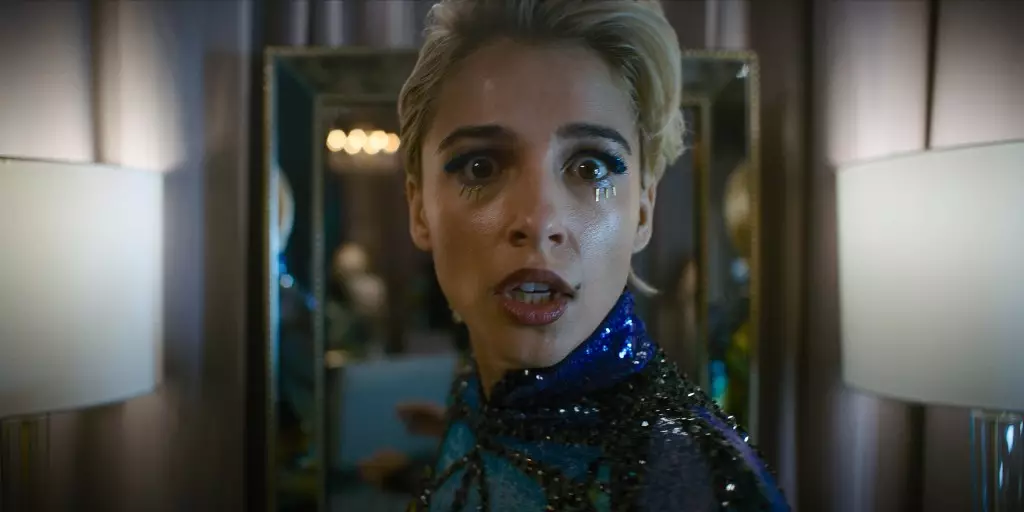This weekend marks a significant moment in the horror film landscape with the release of Paramount’s highly awaited sequel, *Smile 2*. As the only major film debuting in cinemas, it has generated excitement with presales indicating that it could open in the high teens, around $18 million to $19 million. Earlier forecasts were even optimistic, suggesting a possible opening exceeding $20 million. The success of *Smile 2* is contingent on capturing the attention of Latino and Hispanic audiences, a demographic that could propel it to surpass its predecessor, which debuted in 2022.
The original *Smile* emerged as more than a mere film; it became a phenomenon in the post-pandemic entertainment market. The film’s journey from a potential streaming release to an explosive theatrical launch has become a pivotal case study in marketing adaptability. Featuring memorable elements that resonated with audiences, the first installment grossed $22.6 million in its opening weekend and ultimately achieved $105.9 million domestically, with impressive worldwide earnings of $217.4 million. This success highlighted the struggles of other studios like Disney, which opted to confine *Hocus Pocus 2* to Disney+ despite promising test screenings.
Returning Vision: Creative Talent Behind the Sequel
The sequel reunites original writer and director Parker Finn, who crafted the chilling narrative that captured viewers’ imaginations. This time around, the focus shifts to Naomi Scott, known for her roles in *Aladdin* and *Power Rangers*, portraying a pop star ensnared in a spiral of terror and the stress that accompanies fame. Facing a barrage of inexplicable horrors, her character must confront both supernatural challenges and personal demons from her past, which adds a layer of depth to the narrative.
Critics have been somewhat lukewarm in their responses. The predecessor garnered an 80% rating on Rotten Tomatoes with a decent B- CinemaScore, whereas *Smile 2* has achieved an 86% fresh rating from 36 reviews thus far. This slight drop raises questions about audience expectations, especially since the original benefitted from a less crowded release landscape, allowing it to maximize box office opportunities.
Audience Dynamics and Market Trends
The landscape has changed dramatically since the first *Smile*, as horror films have gained popularity amidst the resurgence of cinema following extensive Covid delays. The sequel will screen in approximately 3,500 theaters, including premium large formats, a strategy aimed at enticing audiences seeking a heightened cinematic experience. However, *Smile 2* faces competition for IMAX screens. Currently, these are allocated to Warner Bros.’s *Joker: Folie a Deux*, impacting the potential for maximum revenue from the horror sequel.
Demographically, early reports indicate that *Smile 2* is appealing primarily to female viewers under 25. This contrasts sharply with the more male-oriented audience of *Terrifier 3*, which has reported a strong opening weekend. Interestingly, *Terrifier 3* has performed remarkably well despite being an unrated micro-budget film; it seems to tap into a different segment of the horror audience.
As *Smile 2* makes its mark this weekend, the industry’s evolving dynamics will shape its success. The factors influencing box office returns will include demographic engagement, relative competition, and the broader appeal of horror as a genre. With the psychological horror narrative still thriving, *Smile 2* enters a market ripe with potential, yet it must contend with legacies established by its predecessor. The film may either solidify the franchise’s standing or signal shifting audience preferences as horror continues to evolve in an increasingly competitive cinematic landscape.

